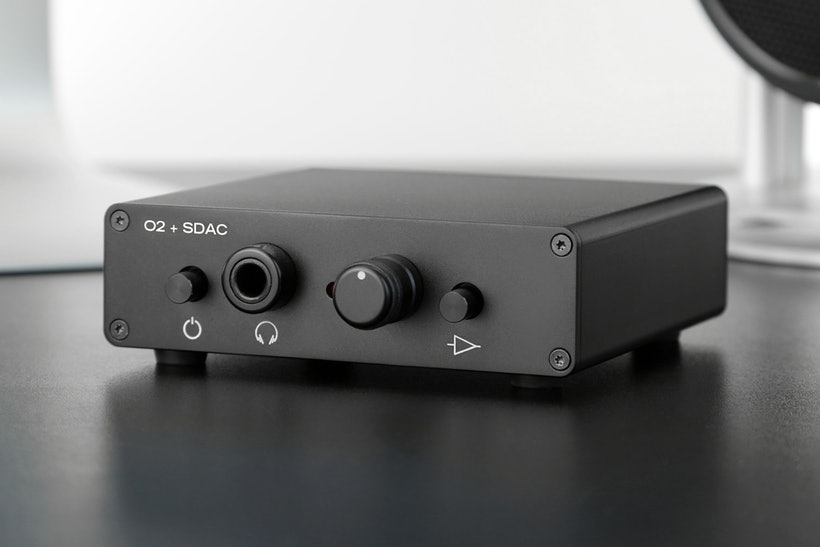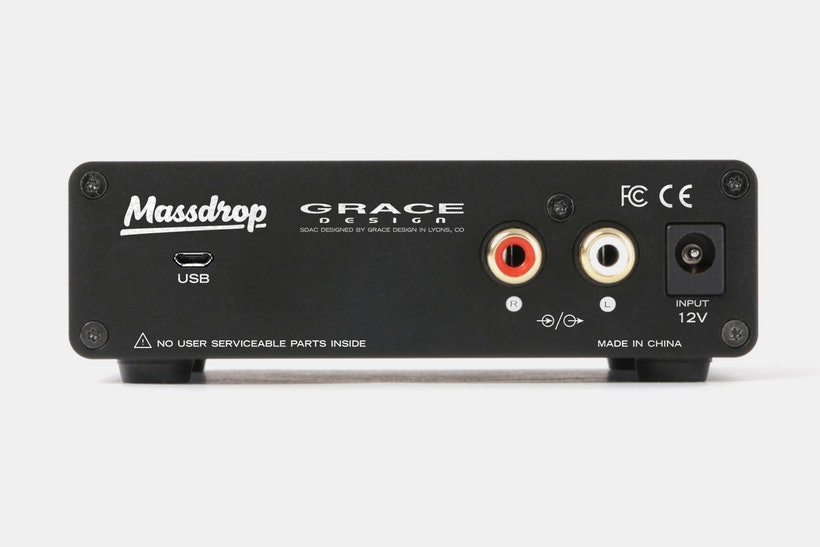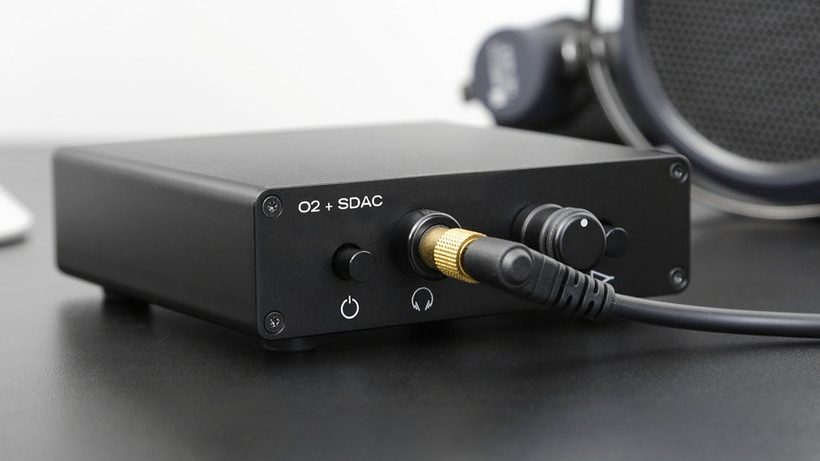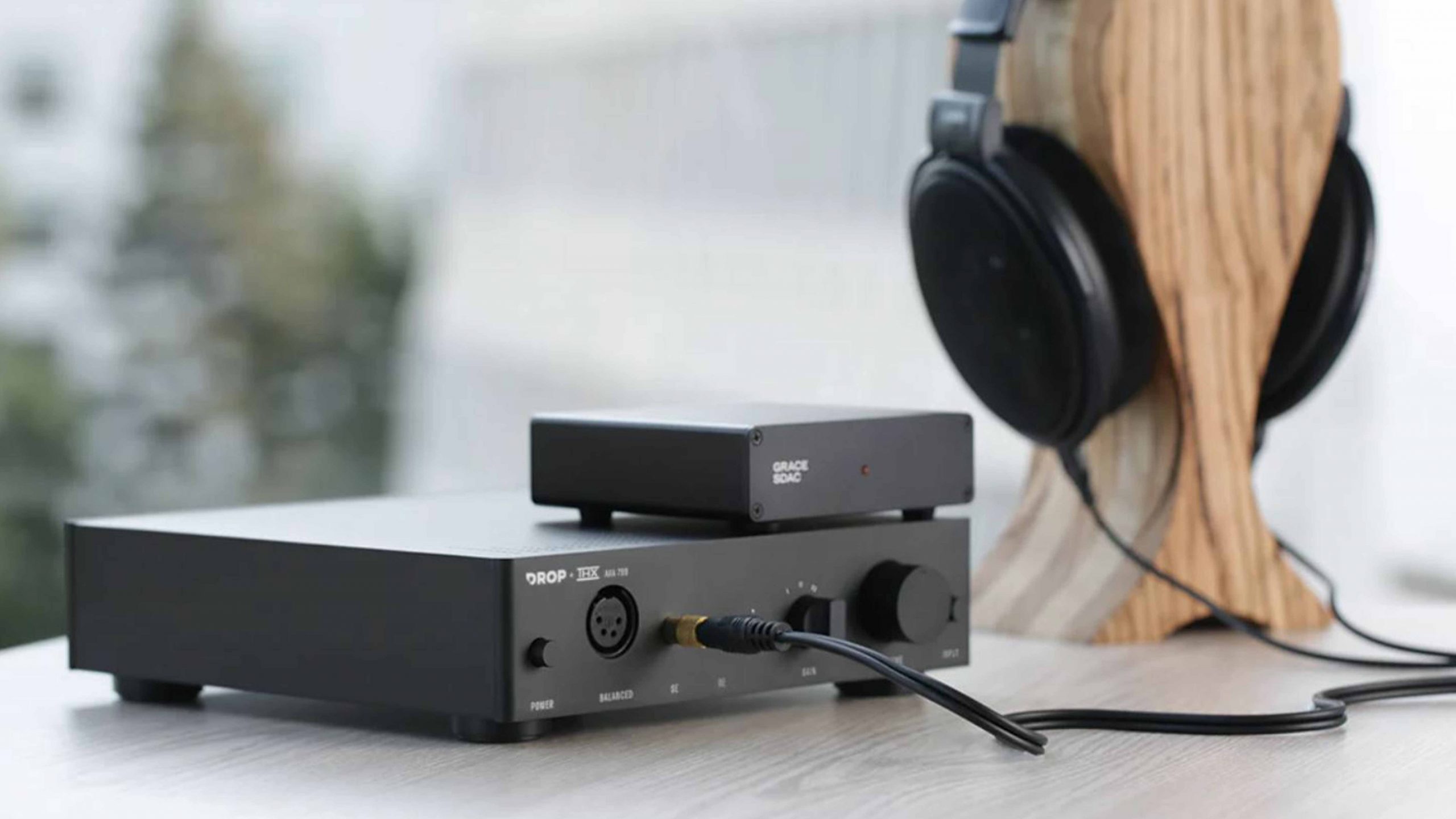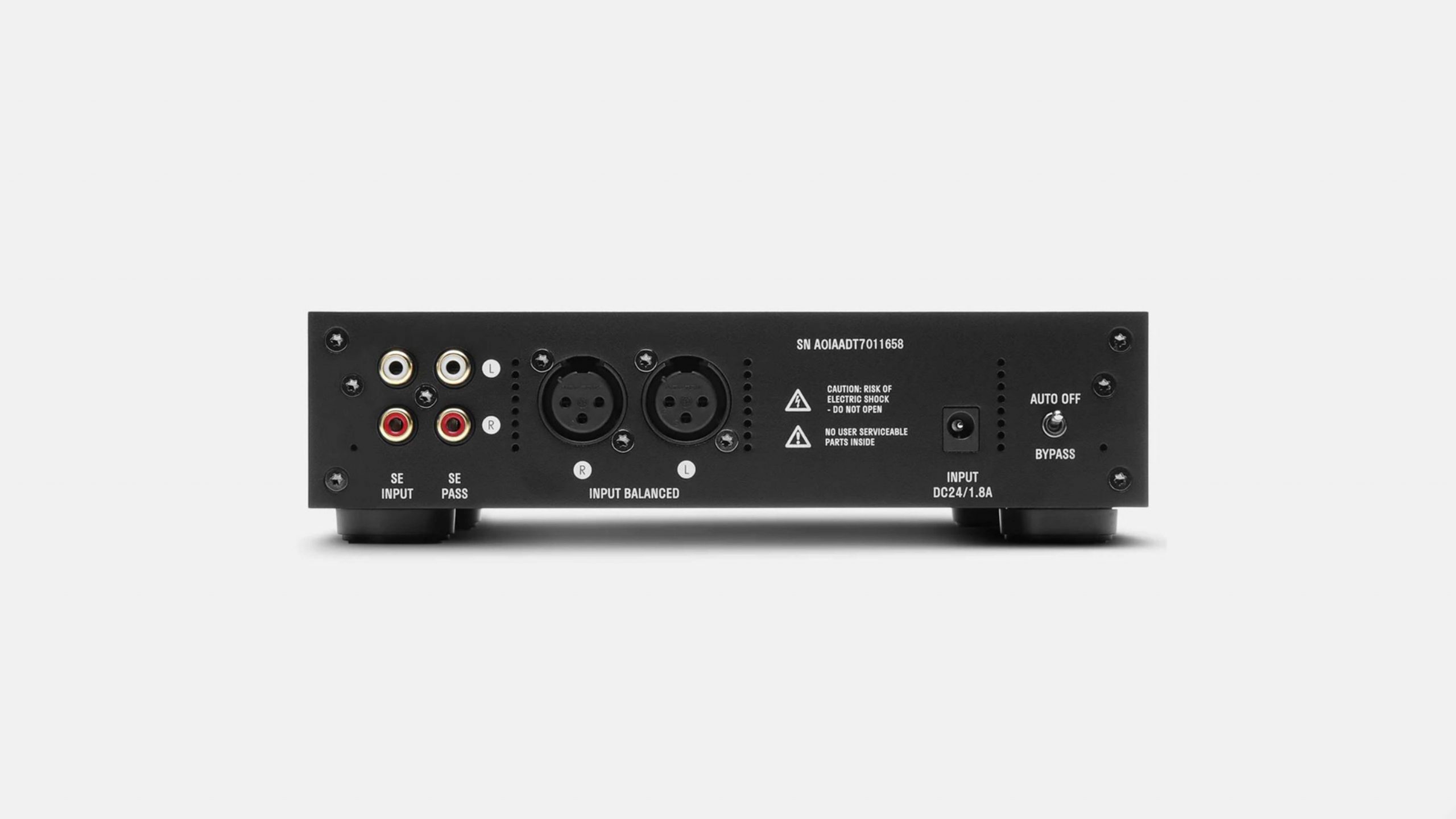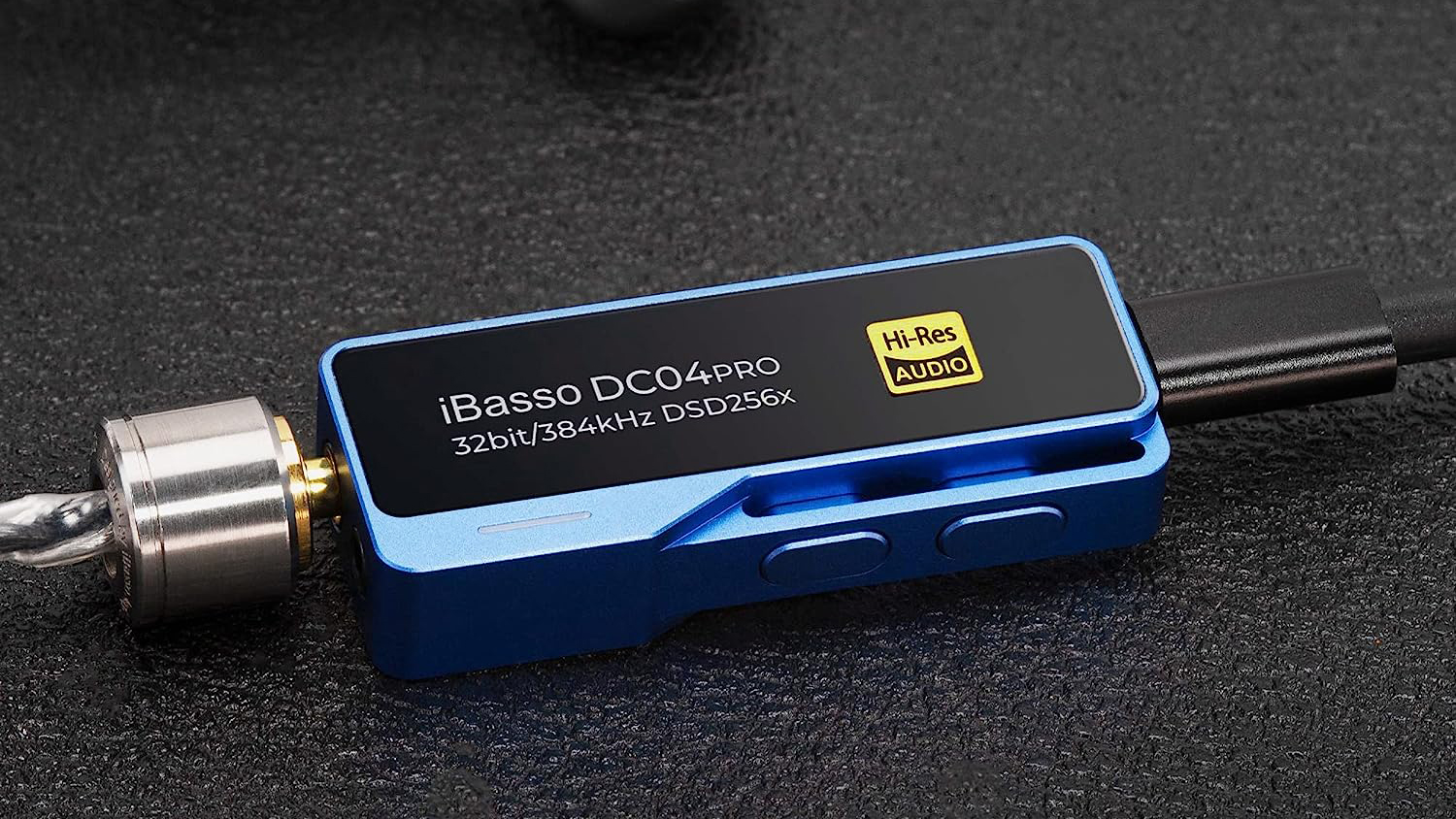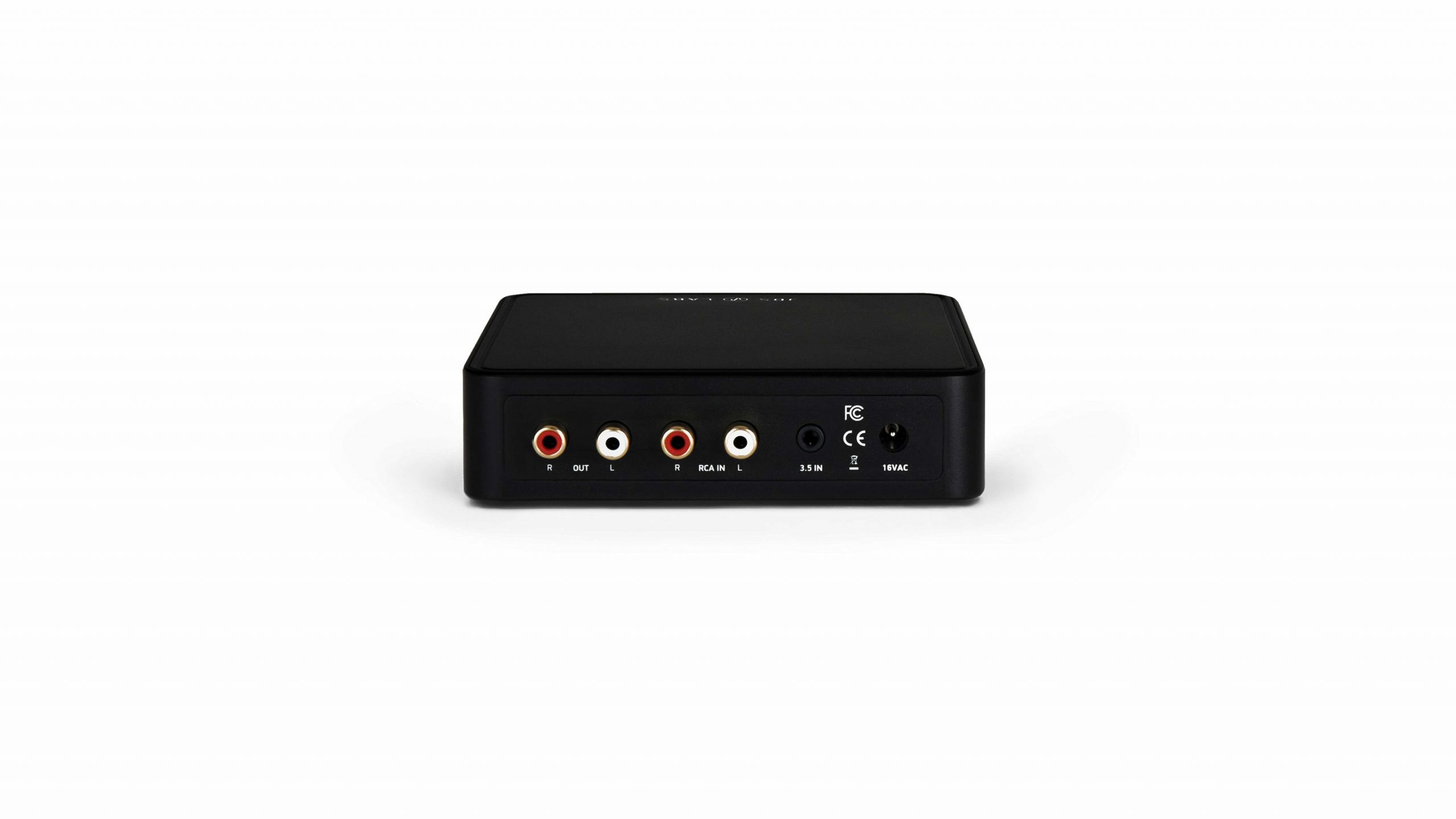All products featured are independently chosen by us. However, SoundGuys may receive a commission on orders placed through its retail links. See our ethics statement.
Best headphone amps
Published onFebruary 4, 2025
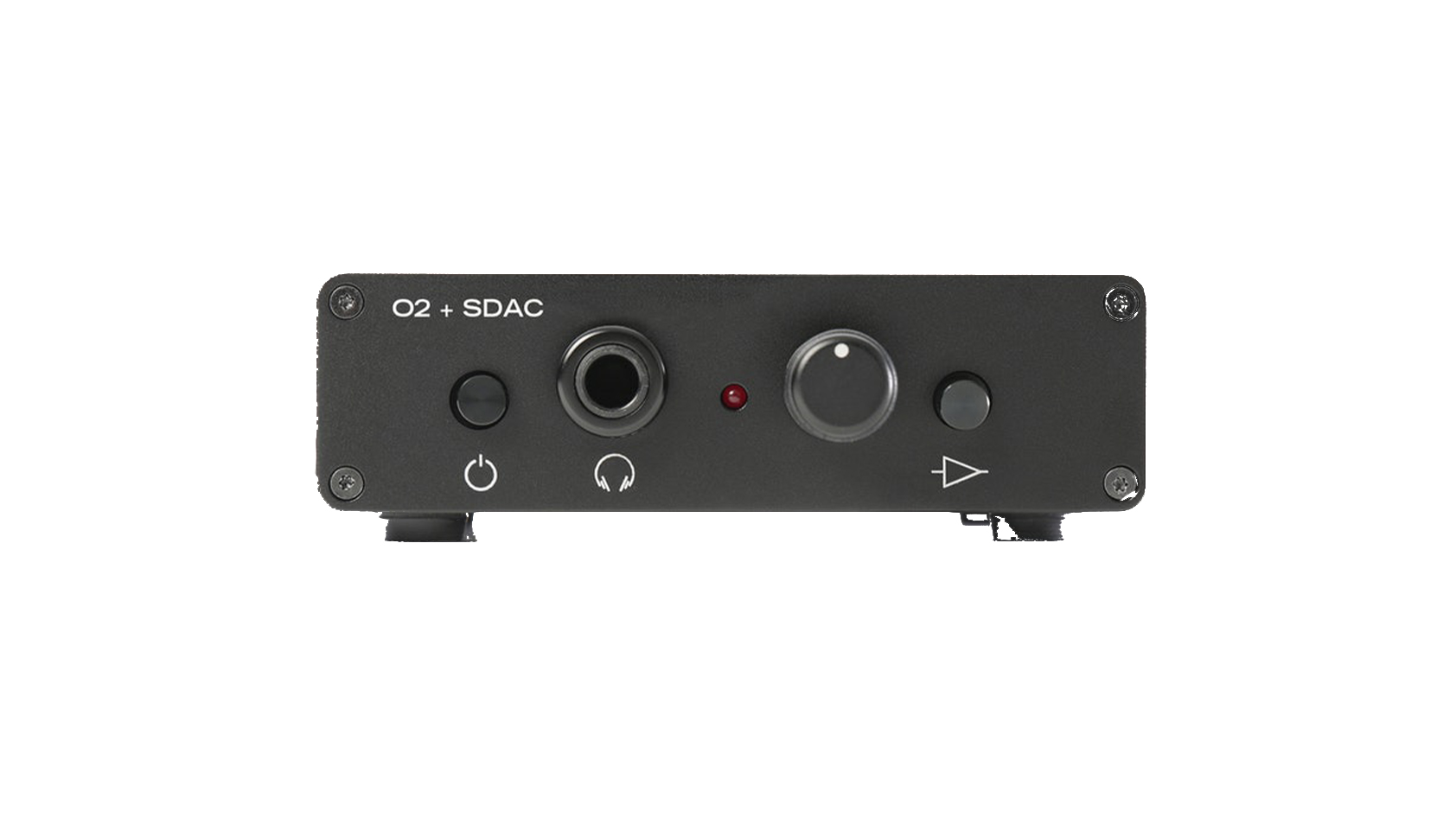
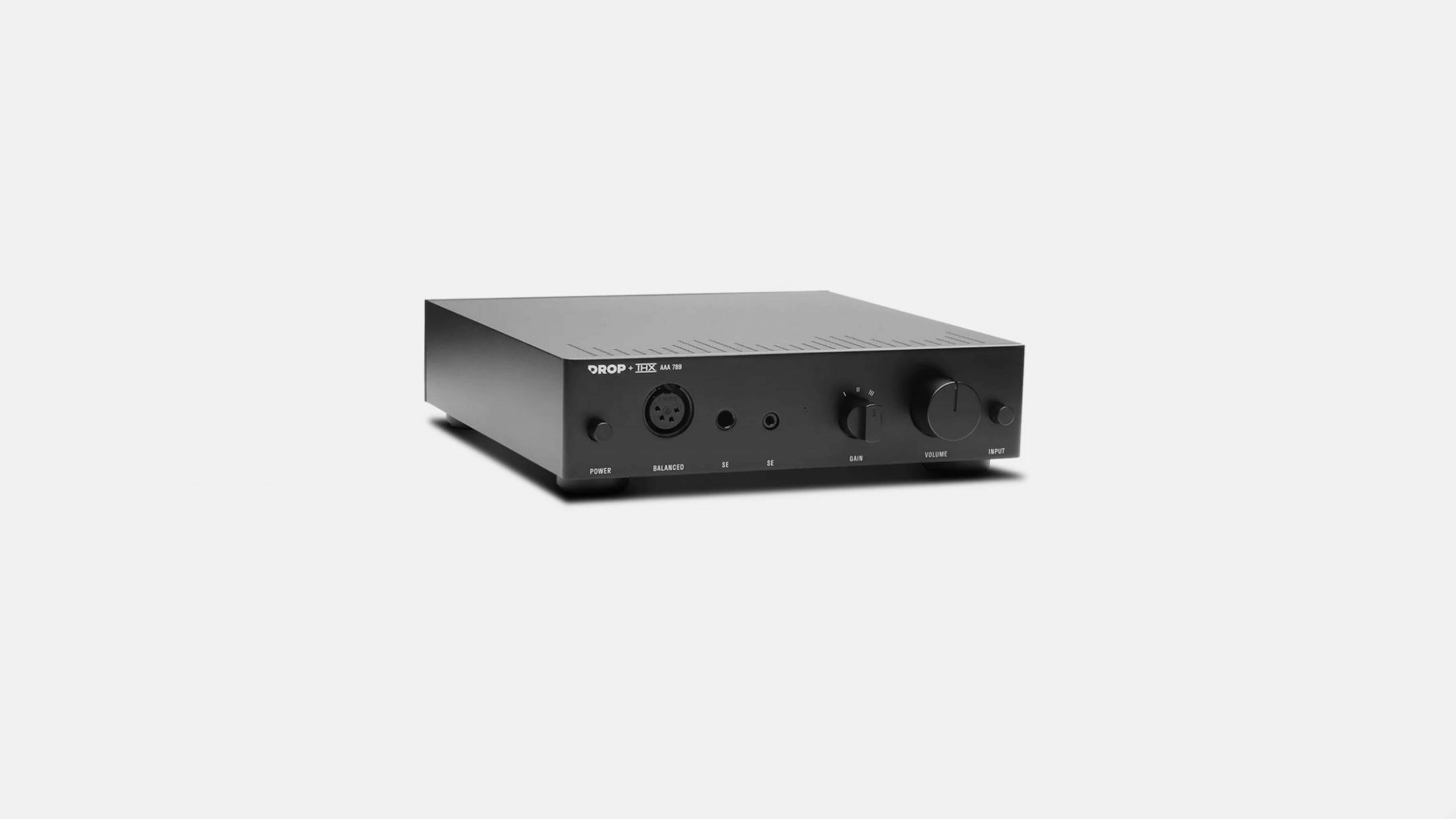
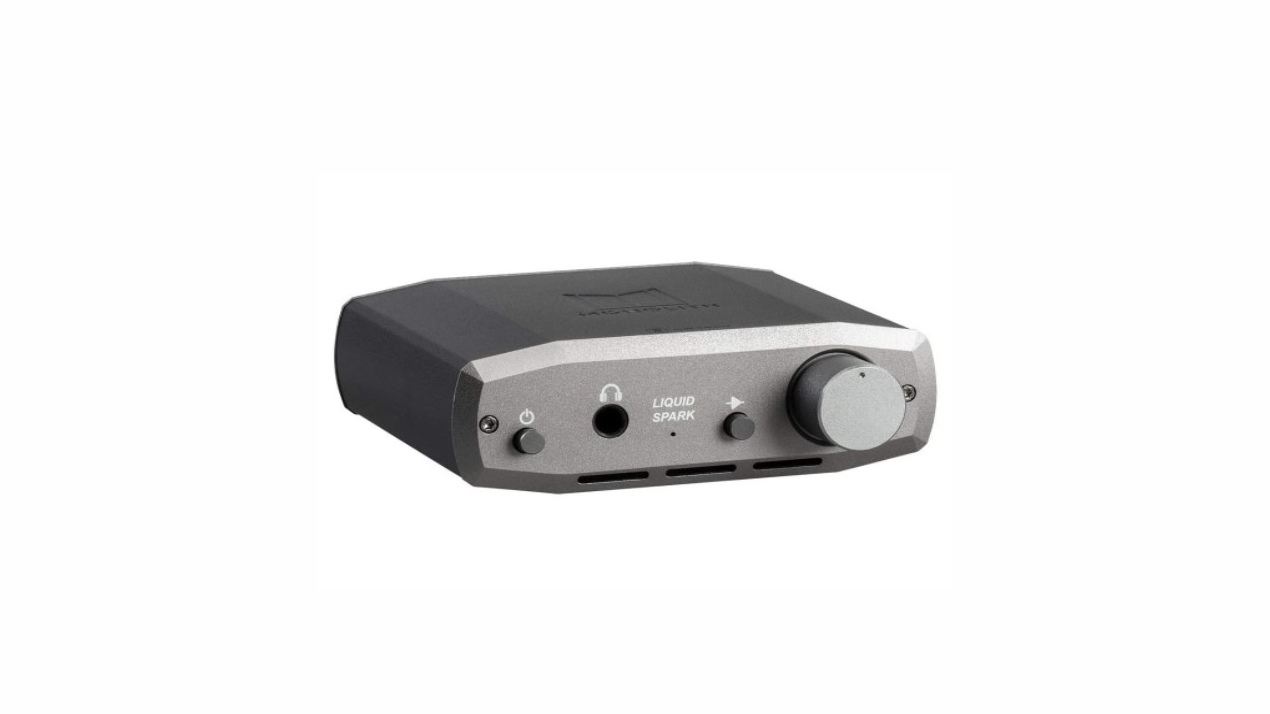
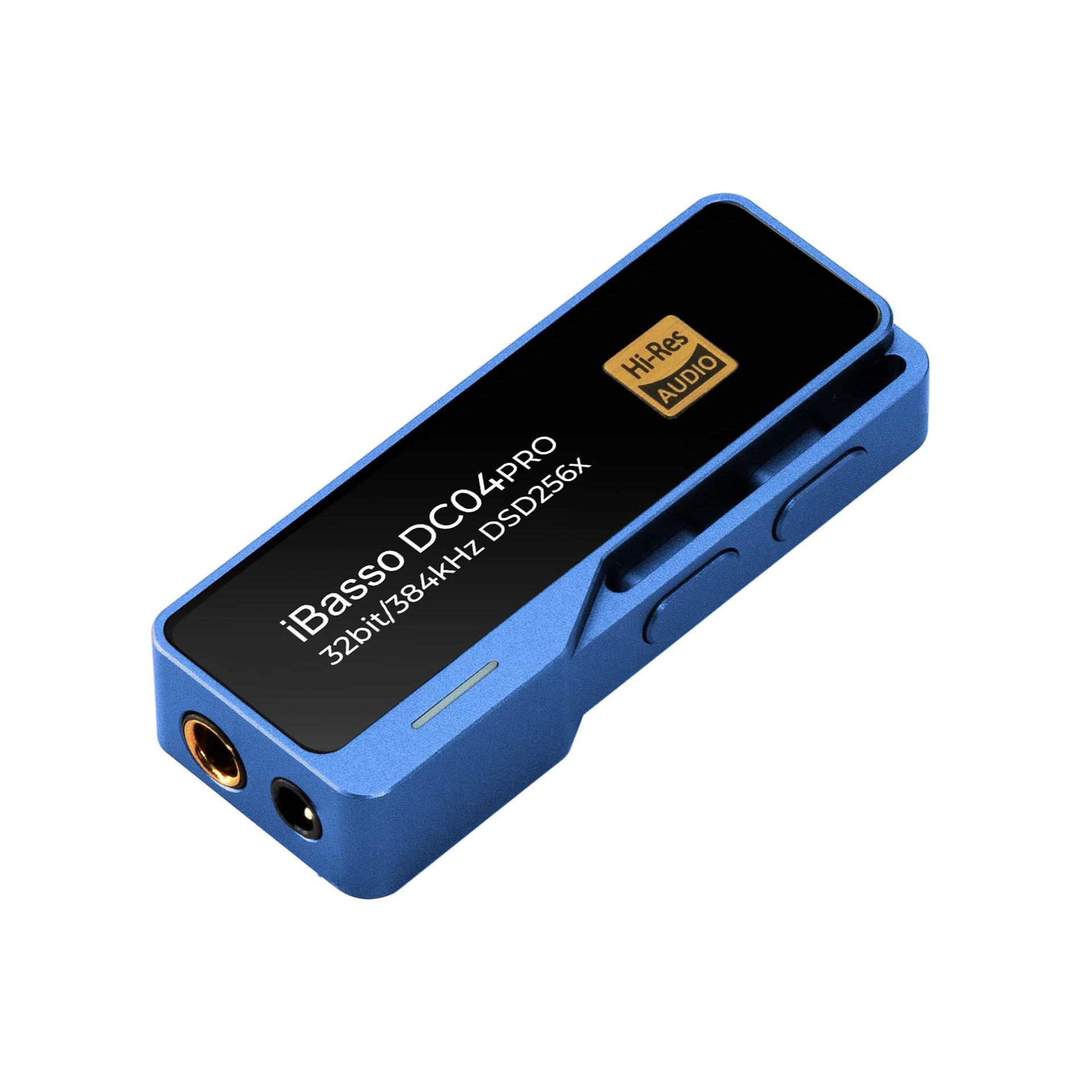
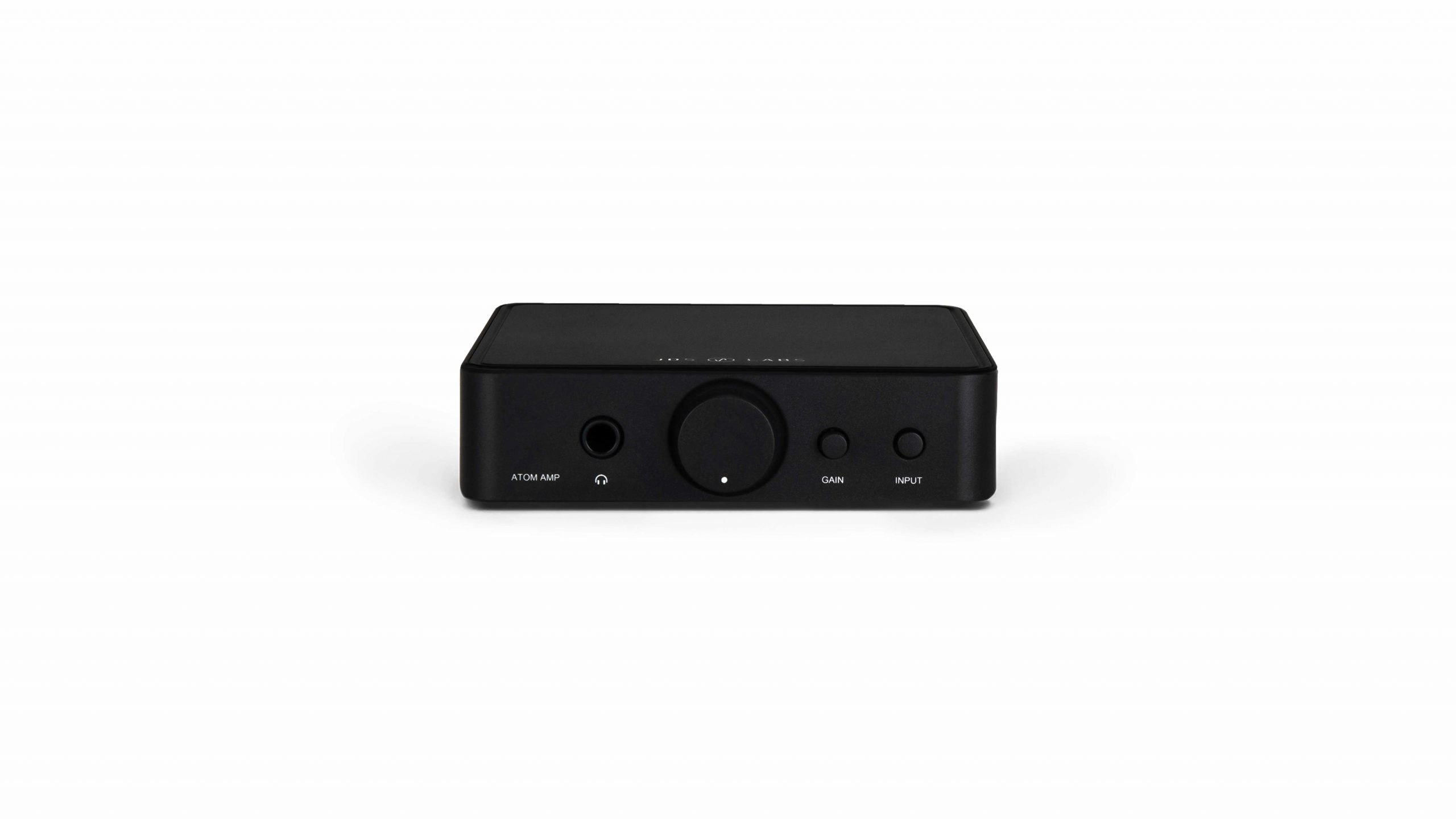
Smartphones, laptops, and PCs are all effective for powering consumer headphones, but what if you use a pair of demanding studio headphones? In that case, you may need a dedicated headphone amp to get the job done. We’re here to help you decide if you need an amp and crack other myths surrounding audiophile nonsense. Here are the best consumer headphone amps you can get.
The best headphone amp is the O2 + SDAC
If you want the best performance without edging into $200 territory, get the Massdrop O2 + SDAC. O2’s roots are set in reproducing objective, accurate audio without frills. The all-black aluminum chassis is attractive and complements nearly any desktop arrangement. It has just the necessities on the front panel: a power button, ¼-inch input, and a volume knob. The back panel has a micro-USB input and a power connection. It also houses an RCA input/output that can be used either to output audio from the amp when using it as a DAC with the USB input or as an analog input from a separate DAC.
Ok, so the outside is nice, but what about the internals? Well, it houses an AKM AK4452 DAC, which converts a digital signal into an analog for your headphones to transmit sound. It can tackle 24bit/96kHz audio files. If your first reaction is to scoff at the 24-bit, rather than 32-bit, support, just remember that bit-depth doesn’t matter as much as we tend to think. In fact, standard CD quality provides plenty of information for our ears to soak up. It has a low noise floor of -105dBu, which is virtually imperceptible.
This is one of the headphone amp options that doesn’t require driver downloads for your PC. If you want to expand the setup, it is specifically designed to stack with the Massdrop × Cavalli Audio Liquid Carbon X Amp, which includes XLR input for balanced connections.
What you should know before getting a headphone amplifier
Figuring out which headphone amplifier is best for your needs takes a lot of research unless you have a wireless headset — Bluetooth headphones don’t benefit at all from an amplifier. It’s easy to get lost in the weeds and eventually let it devour you, as there’s so much to learn. Fortunately, we’re here to streamline the research process.
What does an amp do, and do you need one?
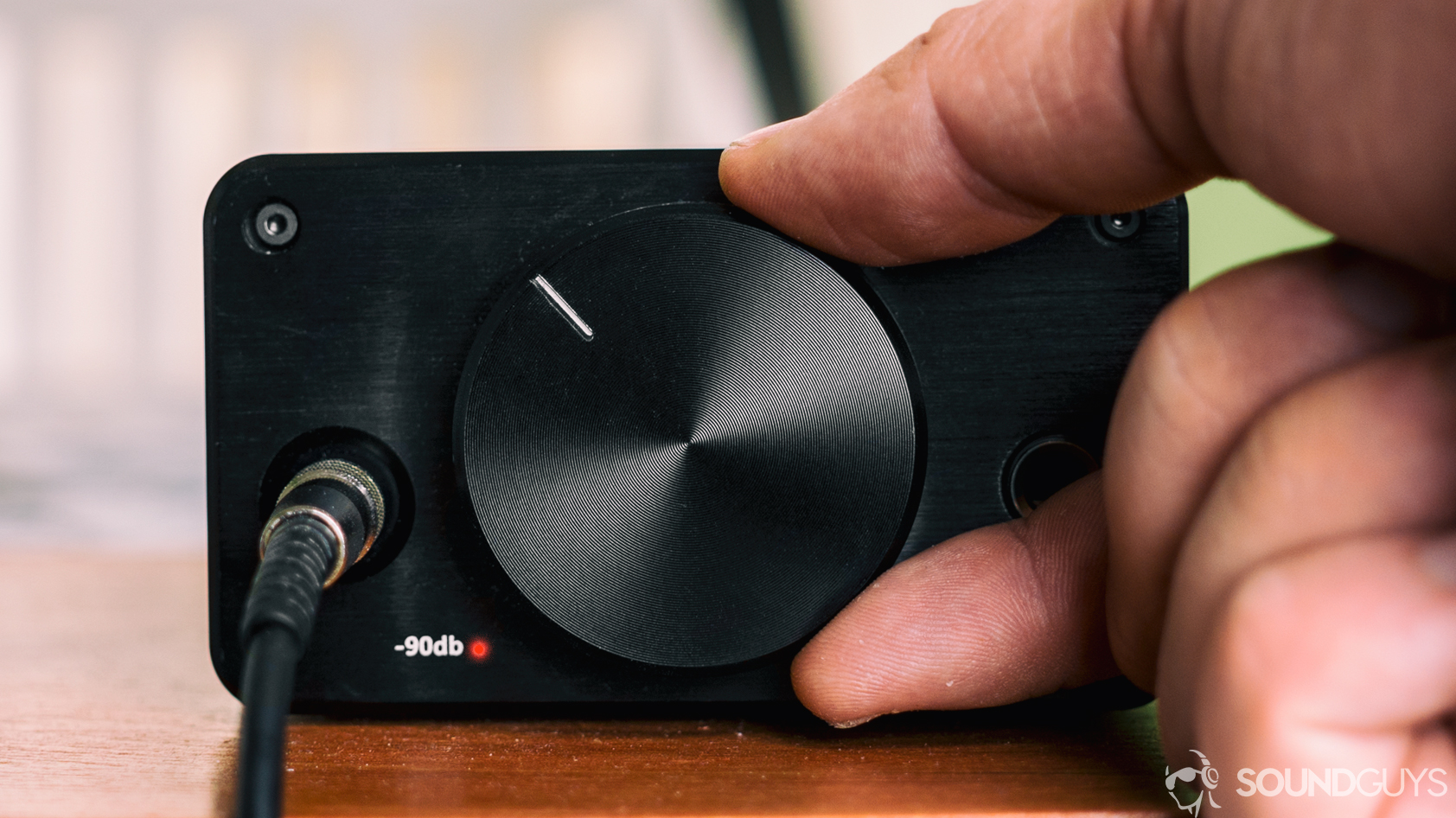
As the term “amp” implies, headphone amps amplify the signal feeding your headphones. They do this by providing ample power to the headset when the power coming from your computer or source isn’t enough to drive the headphones adequately. If you can hear your music at an acceptably loud level, you do not need an amp.
However, there are instances beyond most consumer headphones where you may need an amplifier. When the maximum output of your source device is lower than what your headphones require for a good listening level, then and only then do you need an amplifier. Most often, this happens because either the headphones you have were designed with different equipment in mind or because you’ve made some pretty aggressive adjustments with an equalizer — and now need to adjust the gain past what your source can provide.
If you want to know whether you need an amp, you should first look at the headphone packaging. There should be a few numbers of note: impedance and sensitivity. Jot those both down. You can then use Ohm’s law to figure out if you need an amp or just use this tool.
When it comes to powering headphones with an amp, it's about more than high voltage; you also have to keep an eye out for current requirements.
A base understanding of amplifier requirements may lead you to believe that the only relevant number is voltage (Vrms), but that’s only a partial picture. Power measurements are derived from voltage and current (mA). Generally speaking, high-impedance cans require greater voltage, while low-impedance cans require greater current. Even then, you only need a few volts for high-impedance headphones to get dangerously loud. It’s not just about loudness, though; you want everything to be amplified uniformly. For that to happen, the amount of current needs to be appropriate. That way, the drivers may move with enough force to reproduce an adequate measure of bass. In fact, when it comes to low-end frequency reproduction, current matters more than voltage.
What about a DAC?
“DAC” stands for Digital Analog Converter and it essentially takes a collection of ones and zeroes and turns it into audible sound. Most digital devices that play music (your smartphone, a CD player) have DACs inside of them, and these days, they generally work fine. The only reason you would need to buy one separately is if your device produces unwanted noise or is incompatible with and unable to play the high bitrate of your files. Many of the easiest-to-use headphone amps are combined with DACs in order to amplify the new analog signal sent to your headphones.
Should you get audiophile cables?
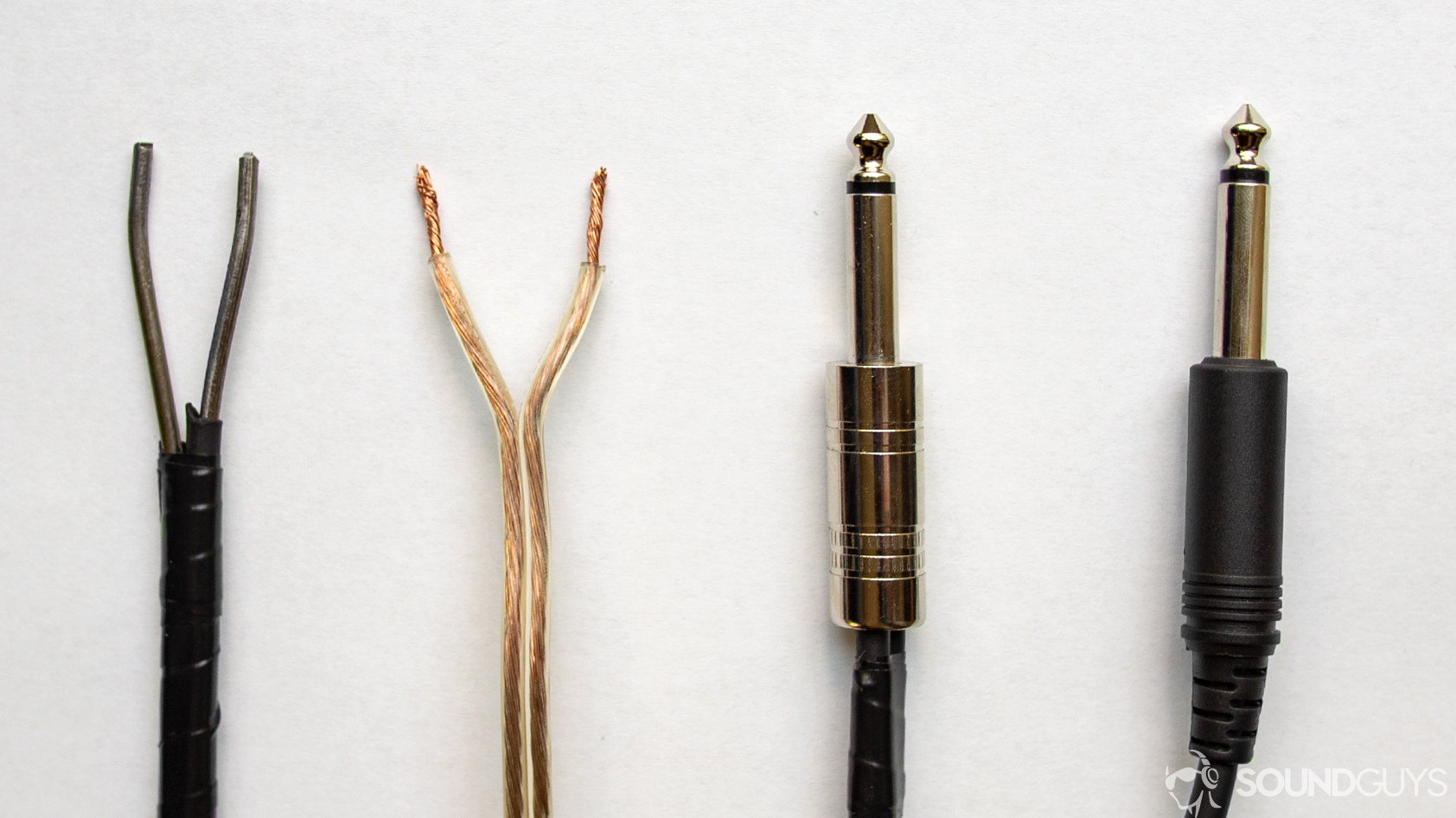
No, you shouldn’t waste your time and money with audio snake oil.
If you’re looking to improve the raw performance of your setup, do not invest in audiophile cables. You can get perfect results from a coathanger bent into a cable if you were so inclined, so spending too much on cables is a fool’s errand. In fact, our blind testing revealed few people prefer high-end cables over coathanger-constructed ones.
Generally speaking, all you need is the correct audio connection and an appropriate gauge wire. As long as the audio product’s power requirements are met, all else is frivolity. That’s not to say audiophile cables are a complete gimmick. There are plenty of reasons to invest in expensive things, such as a lifetime warranty or more durable build quality — but if you can save money upfront by getting a store-branded option, definitely do that.
If you really want to experience a difference in audio quality, look for a headset with an advanced DSP (e.g., the AirPods Pro or the Dirac mobile app). A digital signal processor, DSP, is found in most modern audio devices. In the case of smartphones, it’s used to decode MP3 files, for voice recognition, and more. They’re also in Bluetooth headphones and convert encoded digital audio to analog signals. Advanced DSPs can enable onboard EQs, noise cancelation, and even surround sound capabilities.
Does bit depth matter when choosing between headphone amps?
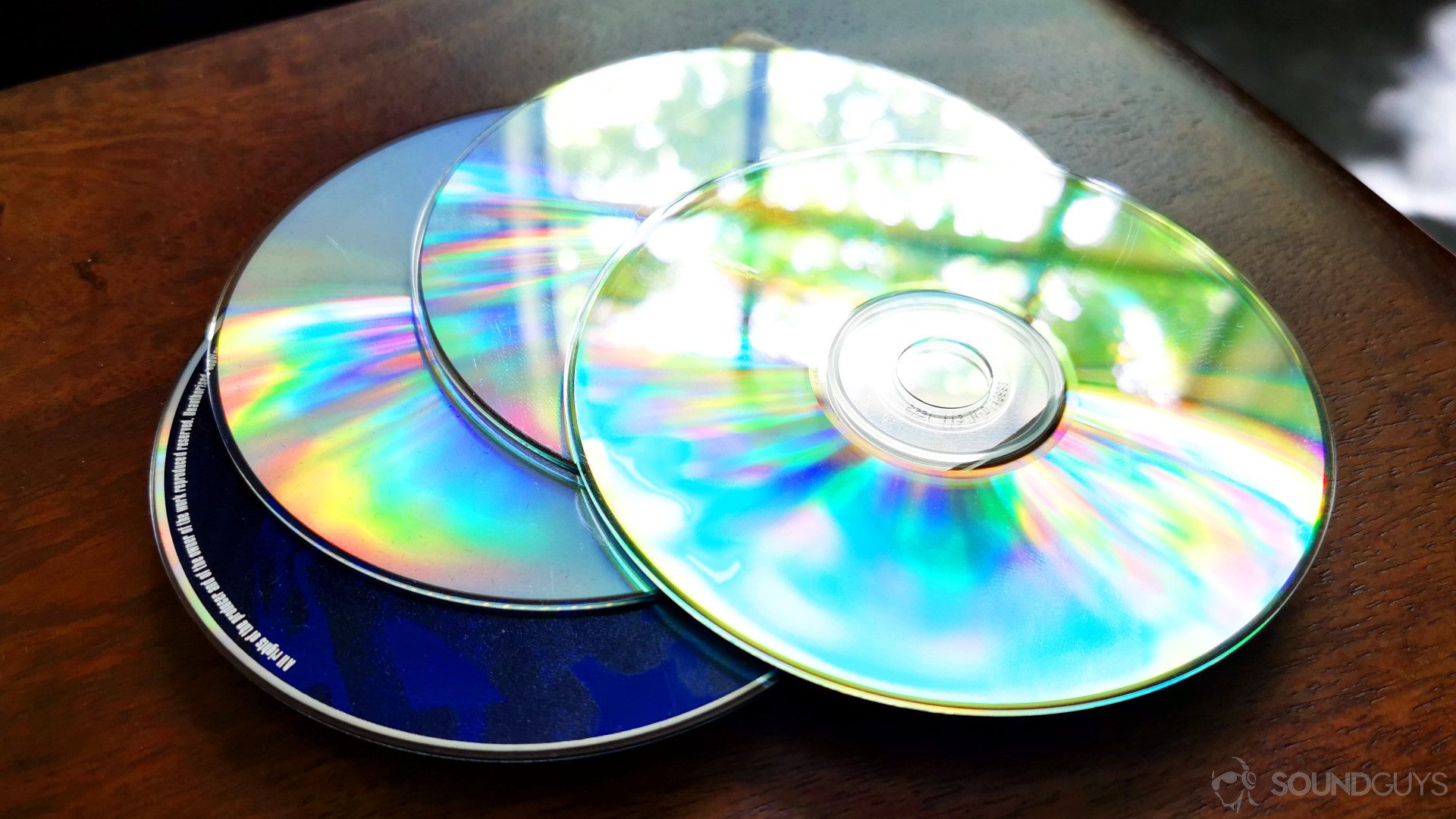
To a degree, bit depts matters, but you’ll likely never need to think about it.
Again, the whole point of a headphone amp is to increase the level of an analog signal. By the time the signal gets to the amplifier, the signal will already have been converted by the DAC unit from the digital file. That said, in order to get the most out of your headphone and amplifier setup: you still want to use high-quality audio files, which often go hand-in-hand with greater bit depth.
Hi-Res, 24-bit audio sounds nice, but it’s akin to using a chainsaw to cut butter. Products with these specifications promise improved audio quality compared to 16-bit files, but you often can’t tell the difference between the two. As is common within the world of audio, there are plenty of misunderstandings surrounding bit depth. All you need to know is that 16-bit resolution, CD quality, is all you need. The main benefit of increasing bit-depth isn’t that more detail is being exposed, rather it’s the lessening of quantization noise — what may be perceived as a quiet hiss, if perceived at all.
Bit-depth doesn't matter nearly as much as we think it does; if you want high-quality sound, pay more attention to using lossless file formats.
What matters more than bit depth when listening to music is how the file is compressed. Unless you’re using a lossless file like WAV or FLAC, your music files have likely undergone some form of compression. If this is the case, then you’re listening to a lossy audio file like an MP3 or AAC file. When audio data is compressed, the dynamic range is lessened. Psychoacoustics informs the compression process and directs formats to get rid of less important audio information. This includes frequencies that may be too high-pitched for most people to hear.
Listen to FLAC or WAV files to get the most out of your headphone amplifier and headphones.
What if the headphones still sound bad?
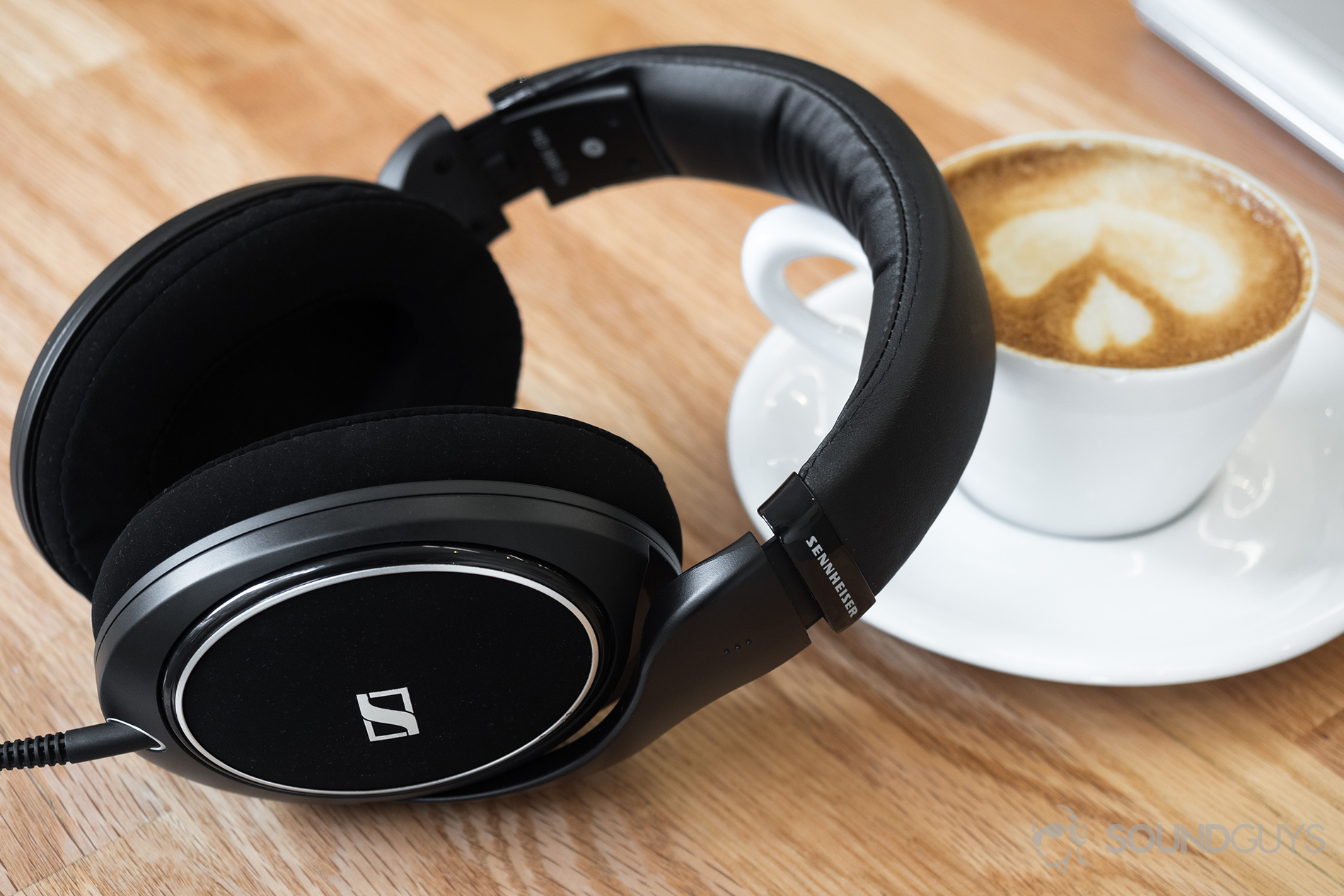
If you think you need an amp because your headphones sound bad, there are a few alternative possibilities to consider first.
- You’re noticing signs of noise-induced hearing loss and can’t perceive certain frequencies.
- The headphone internals or cables are broken.
- You’re perceiving unwanted interference from noisy computer components.
- You’re simply not a fan of how those headphones sound.
If none of these scenarios apply, chances are your smartphone, laptop, or computer can’t meet your headphones’ power requirements. In that case, an amplifier is appropriate.
Get a clean sound with the Drop x THX AAA 789 Linear Amplifier
The Drop x THX AAA 789 linear amplifier, housed in a milled aluminum chassis, looks fabulous. It’s a linear bipolar amp that uses feedforward error correction to reduce distortion. It can drive highly sensitive headphones and power-demanding headphones. Nearly all amplifiers produce some degree of distortion as the signal crosses from one transistor to the other, but it’s nonexistent with this pricy amp.
All channels feature a low-bias, class-AB main amplifier and an auxiliary amp for error correction. This error-correcting technology is low power and won’t introduce any distortion into the audio signal. There are multiple gain settings on the front panel so that you can adjust output levels for headphones and earphones.
Now to truly nerd out: there are three-pin stereo XLR inputs alongside stereo RCA inputs for balanced connections. It has a few more options for outputs: a 1/4-inch TRS output, 3.5mm TRS output, and a four-pin XLR output. All this is to say you have plenty of ways to listen to your music library.
Nearly all amplifiers introduce distortion, but you get a basically distortion-free signal.
User reports on the Drop website cite problems when using the four-pin XLR connection, which is likely a consequence of mass production. Expect duds with any high-volume production. Fortunately, the amp is under a one-year warranty, so if you notice anything suspicious, you can reach out to customer support.
Save some money with the Monolith Liquid Spark Desktop by Monoprice
This amp is as spartan as it gets, but Monoprice knows how to manufacture a product that puts function before form. You get a 1/4-inch headphone out and RCA preamp out, in a solid metal enclosure. The RCA lines are great if you want to amplify powered speakers.
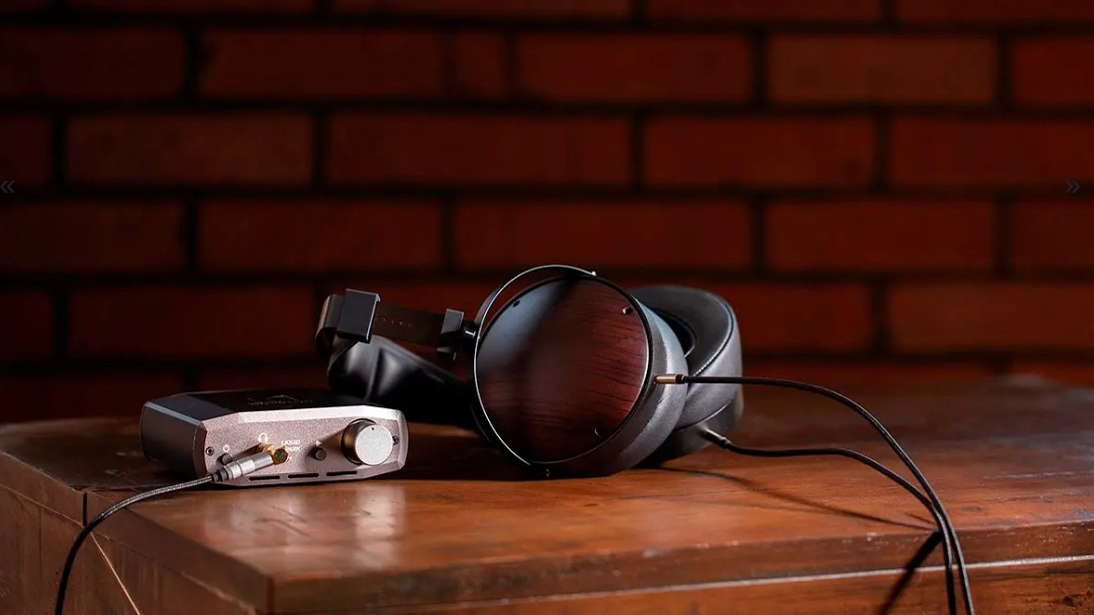
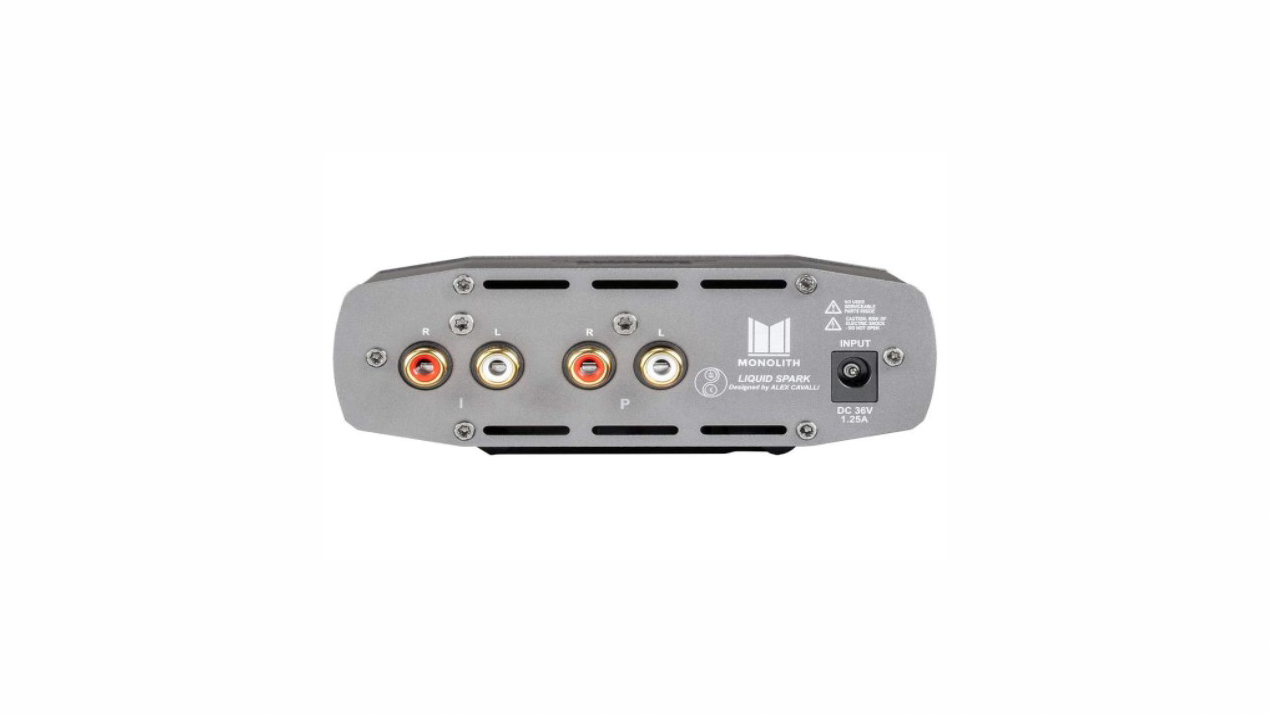

The Liquid Spark is simply a headphone amp with a neutral frequency response output. If you’re looking for a DAC, it does not have one; you get an all-analog affair here. With a decently low distortion rating of 0.007% THD at 1 volt, you’re basically hearing what’s being amplified. This headphone amp is an absolute steal for around $100 and provides excellent sound quality for your money.
Take your headphone amp anywhere with the iBasso DC04Pro
Portable amps have gotten fairly popular now that headphone jacks are becoming more and more rare on smartphones. Portable amp and DAC manufacturer iBasso has a habit of making rock-solid — if not exciting — products for a mobile audience for some years now, and the DC04Pro is no exception.
With balanced and unbalanced outputs, the iBasso DC04Pro should be able to handle just about anything you throw at it; just remember that the unit draws its power from your smartphone or computer. If you have a set of especially power-hungry cans, you might see your battery life dip a little faster than normal. Though there are plenty of USB dongles on Amazon of… dubious origin, the iBasso DC04Pro is a pretty safe bet given the company’s past.
The JDS Labs Atom Amp is the best value
JDS crafted a minimalist product that balances function and form. This amp supports outputs including 600Ω. Distortion is nearly negligible at 1kHz, 32Ω as well. In the spirit of minimalism, the front plate has only gain and input buttons, a volume knob, and a 1/4-inch output.
Atom Labs uses Smart Logic technology to rid transmission of any pops and thumps on startup, something that desktop amps of this price often suffer from. You also benefit from low gain which can drive efficient IEMs, and dual gain functionality can drive more demanding headsets.
There are only two minor drawbacks to this desktop amplifier. For one, the volume knob is a bit slippery. Secondly, the default option is so lightweight that heavy RCA cables can drag the amplifier off of a desk. You can reach out to JDS and request a weighted option, so it won’t be tugged by an assortment of input cables.
Best headphone amps: Notable mentions
- Creative Sound BlasterX G6: Gamers should get this amp because it supports Dolby Digital 7.1 surround sound, and works with all platforms (even the Nintendo Switch). Scout Mode makes it easy to identify in-game sounds like footsteps, which could improve your response time.
- Schiit Magni Heresy: This little amp has a time-delayed startup and instant shut down, so you won’t get any pops or crackles in your headphones. It supports up to 600Ω headsets, but it doesn’t have an inbuilt DAC.
- Chord Mojo: If you don’t mind breaking the bank, this one is the one to go for, with an unheard of 32-bit/768kHz max sampling rate, it’s somewhat portable and solidly built, supporting up to 600Ω headsets. The Mojo can double as your at-home amp and on-the-go amp, if you’re really prioritizing sound over carrying as little as possible, so I mean basically you’re saving money by just buying the one, right?
- Helm Audio Bolt: Whether you’re a fan of the MQA certification or not, this THX-ready USB-C portable option gives you a lot on paper for not much scratch. It’s Android compatible, iPhone users may need a workaround.
- Linsoul xDuoo Link Type-C to 3.5mm: For $55 you don’t need a battery, just a USB-C connection. Linsoul is known for making interesting and vaguely indie audio products at budget prices. Like a lot of headphone amps designed to work with phones, the cable is a weakness in the design, so be careful.
- Monoprice 111567 Desktop Headphone Amp: At under $100 this basic brick from Monoprice will drive anything from 16 to 600Ω without any complaints and includes a DAC.
- Topping DX3 Pro: This is a great headphone amplifier with Bluetooth functionality, but it’s very difficult to find in stock. In fact, if you can track one down, it’s one of the best out there.
Why you should trust SoundGuys
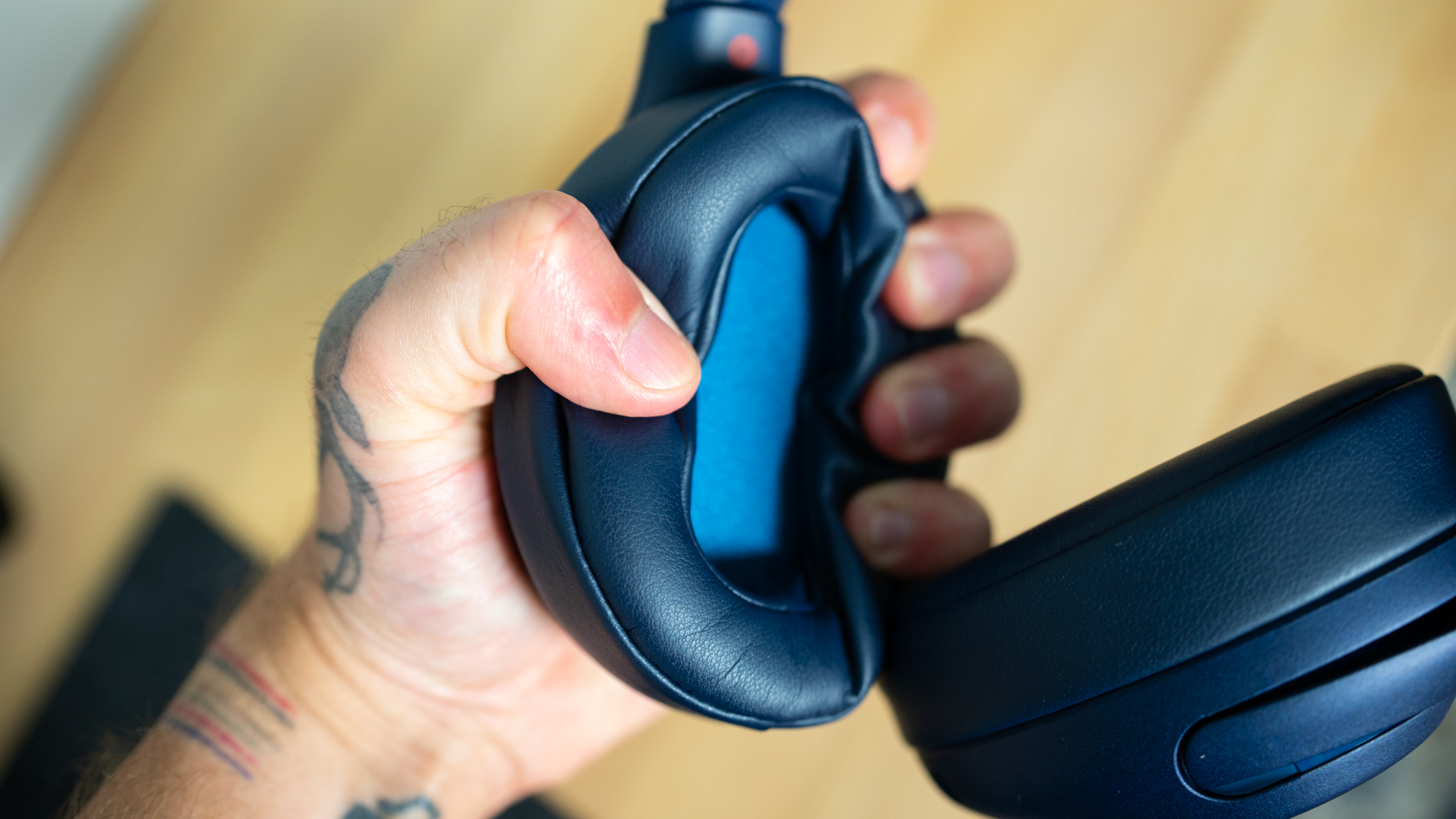
We broach the study of audio with a split understanding of how it functions, meaning we take great care to observe objective measurements while taking into account subjective experience and preference. Ultimately, our job is to make buying your next investment a pain-free one because no one has time for buyer’s remorse.
What’s more, lists like this one are living documents, so be sure to keep an eye on them as we update them with more recent picks. When we champion a product, it’s because we truly believe it’s a good fit for our readers. At the end of the day, our livelihood depends on your happiness and knowledge.
Frequently Asked Questions
You may want to hold off on buying those expensive cables. The cables that your headphones come with should be more than adequate, and the only reason we’d recommend buying audiophile cables is if the stock cable breaks or if you need to connect the headphones to something that doesn’t have a 3.5mm input. We’d recommend just buying the headphones and waiting until you try them out to see if you feel like they’re missing something essential.
No, it’s not a good idea to use a headphone amp with your electric guitar, but if you want to practice guitar through a guitar amp but listen to it through headphones, many guitar amps will allow you to plug in headphones. This will let you hear your guitar loud and clear, but nobody else in the room will hear it.
An amp won’t damage your hearing unless you subject your ears to excessively loud sounds for a prolonged period of time. Sounds 95dB and greater can do damage after just 50 minutes of exposure,e according to the CDC. For reference, this is about as loud as a motorcycle, and sounds as loud as 100dB can damage your hearing after a mere 15 minutes.
Not necessarily. A digital-to-analog converter unit (DAC) is only needed when your source can’t decode or transmit an audio signal properly on its own. Most of the time, you don’t need a DAC.
No. Amps do not improve “sound stage.” This psychosomatic phenomenon relies on our physiology and not any piece of equipment to trick our brains into perceiving sound as if it were coming from the space around us. Consequently, you’ll more likely need to change the signal itself and not its gain.
Not necessarily. If you are able to find a “sensitivity” specification, you’ll most often see that the level you can drive your headphones to is quite high at a basic output of 1mW.
More-resistive headphones don’t necessarily sound better than others, it’s just that many older audiophile headphones have a higher impedance than consumer headphones. Nowadays, you can get perfectly decent high-end headphones with a very low impedance rating. Higher ohms do not equal higher quality.
